Weddell seal team blog October 2012- Weddell seal tag recoveries
Now that our seals have endured another Antarctic winter, the team has made the long trip back to McMurdo to find these guys again.
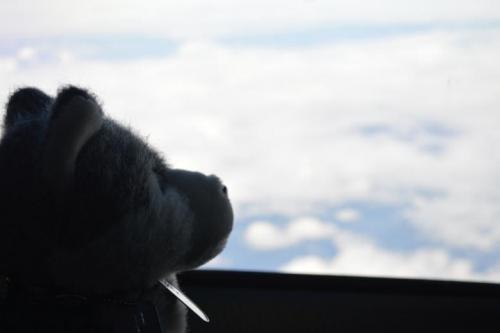
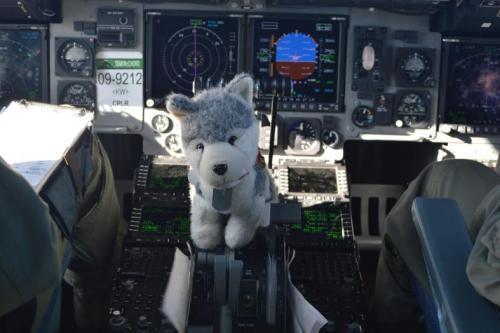
The tags we put on the Weddell seals can transmit data to our computers- which is what you all see on the seaturtle.org site. BUT, if we can get our hands on those tags again, we get MUCH more information. This is due to a bunch of different factors, but one major part is how much wear-and-tear the antennas on these tags get! During the winter, when the water is covered in ice, the seals will rub & bump their heads against the ice- breaking the antenna. Without the antenna, the tags can’t talk to the satellites anymore to send the data to our computers at home.
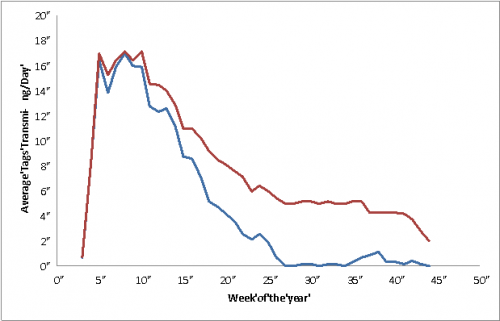
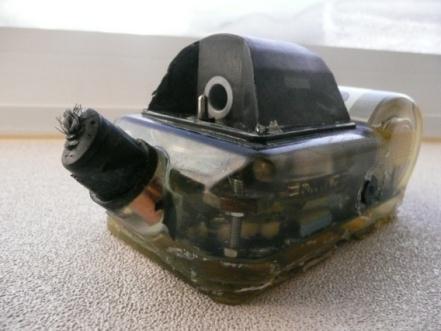
We only have one month to find our seals, which is very similar to trying to find a needle in a haystack. We arrived on Tuesday and finished all of our training (Do you remember when Alex did “happy camper” and learned to drive snow machines?), and prepared all the gear. Our first day searching for seals was really cold and windy!

But it was a very good day for us because we found our first tag of the season. This was seal WS12-09 (named 'Model'), and now she even has a pup! Model put on a lot of weight in preparation for this pup, since she has to give her lots of high-fat milk. 'Model' weighed 349 kg last year and now she weighs 451 kg- so she gained 102 kg (that’s 224 lbs.)!

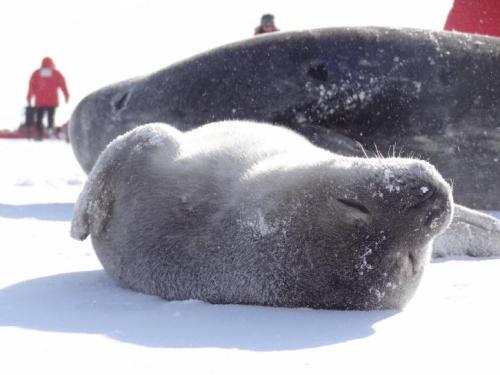
The next day was a big success as well; we found WS12-01 (named 'Aussie') and we were able to get her tag back. 'Aussie' had a pup too. She weighed 405 kg last year and now weighs 442 kg- not as big of a difference as 'Model', but still a respectable 81 lbs.
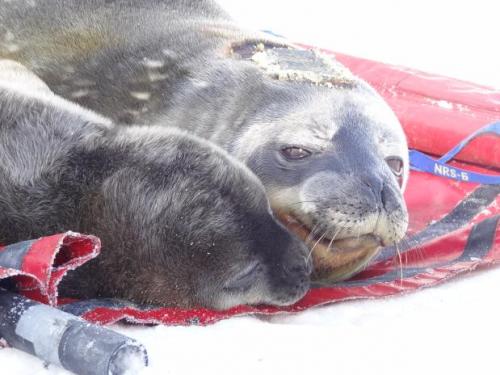
Down on the ice, all the science teams help each other out. Two of our collaborating groups have also helped us get tags back. We’ve also gotten tags back from WS12-12 ('Boo') and WS12-13 ('Lucky'). The team will be returning to 'Boo' and 'Lucky' to do a health assessment and collect: mass, blood samples, blubber depths, etc.
Not all the animals keep their dive recorder tags for the entire year. WS12-08 ('Snout') and WS12-17 ('Scout') were also spotted, without their dive recorders. Both seals are doing very well. 'Snout' looks massive (at least 1200 lbs.) and looks like she will have her pup any day now. 'Scout' already had her pup.


Comments